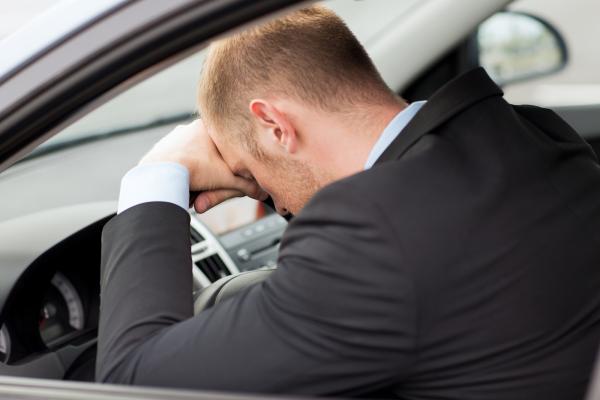
-- Sleep Study Brisbane has launched its new, updated 2020 home sleep study testing service to determine whether or not someone has obstructive sleep apnea. The company uses the latest technological advancement in the field of sleep diagnostics — a portable polysomnograph (PSG) capable of producing high quality test results. It is ideal for those who prefer to have the test in the comfort of their own home instead of at the hospital or sleep lab.
More information can be found at: https://sleepstudybrisbane.com.au/brisbane-home-sleep-study
With this technological advancement come a variety of benefits for the patients and their doctors — more data being captured, better accuracy, and clearer reports. The result is that these at-home diagnostic PSGs can be just as effective in testing for obstructive sleep apnea as their hospital-based counterparts. They are also recognised by Australian sleep specialists.
With the new service launch, home sleep tests are now available in Brisbane.
Sleep Apnea is a disorder of breathing during sleep. Breathing stops several times, sometimes every minute, throughout the night. People with sleep apnea do not get enough oxygen during sleep, and this causes stress to the body and the brain. Here are the three types of sleep apnea that the sleep study can check for.
Obstructive Sleep Apnea. This is the most common type of sleep apnea and is due to an obstruction in the throat during sleep. Breathing pauses last approximately 10 to 60 seconds between loud sounds that have been described as snores, snorts, gasps and gurgles. The narrowing of the upper airway can be a result of several factors:
– inherent physical characteristics (narrow airway passages for example)
– excess weight (extra flesh collapse while sleeping)
– smoking (smoking damages airway passages)
– alcohol consumption [may cause loss of firmness around muscles)
Central Sleep Apnea is caused by a delay in or absence of a signal from the brain to the lungs. As a result, your lungs ‘forget’ to breathe while you sleep. This is a rare type of sleep apnea, and if a PSG test will detect it, you will get referred back to your GP as this may signal deeper health conditions relating to the heart and brain.
With both obstructive and central apnea, your brain, not getting enough oxygen, must wake you up briefly to breathe — sometimes hundreds of times during the night. These arousals are not gentle episodes of awakening, and are accompanied by spikes in blood pressure and heart rate. Usually there is no memory of these brief awakenings.
Mixed. This is a problem when you have both obstructive sleep apnea and central sleep apnea.
Chronic sleep apnea of any form can lead to other risks. It can contribute to heart disease, diabetes, accidents due to fatigue, and more. For this reason, medical scientists stress the importance of getting tested and treated for sleep apnea.
The at-home sleep study presents no inconvenience to the user, and is quick and easy to implement. If you suspect you might have sleep apnea, discuss this with your general practitioner. Have your GP fill out the referral form and get them to fax it to the Sleep Study Brisbane team. The study is done with the help of a sleep technician, the data analyzed by a sleep specialist, who will then report the results back to your general practitioner with a recommendation.
The team states: “For our Brisbane home sleep study service, we use the latest 2020 updated Alice PDx, a portable polysomnograph system manufactured by Phillips Healthcare. The Alice PDx is a world-class device for the portable diagnosis of obstructive sleep apnea. It provides for a 14 to16-lead channel study that measures heart rate, sleep pattern, breathing effort, electrical activity in the brain, eye movement, chin movement, leg movements, snoring, air flow, oxygen level, and body position.”
Full details can be found on the URL above.
Release ID: 88950094

